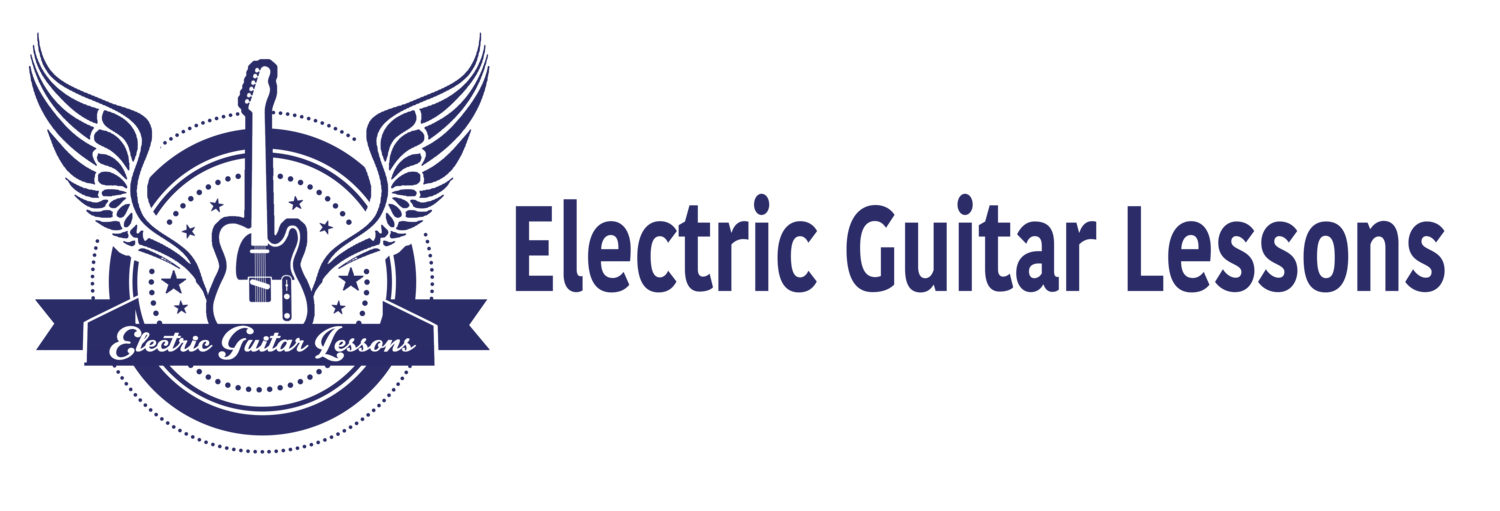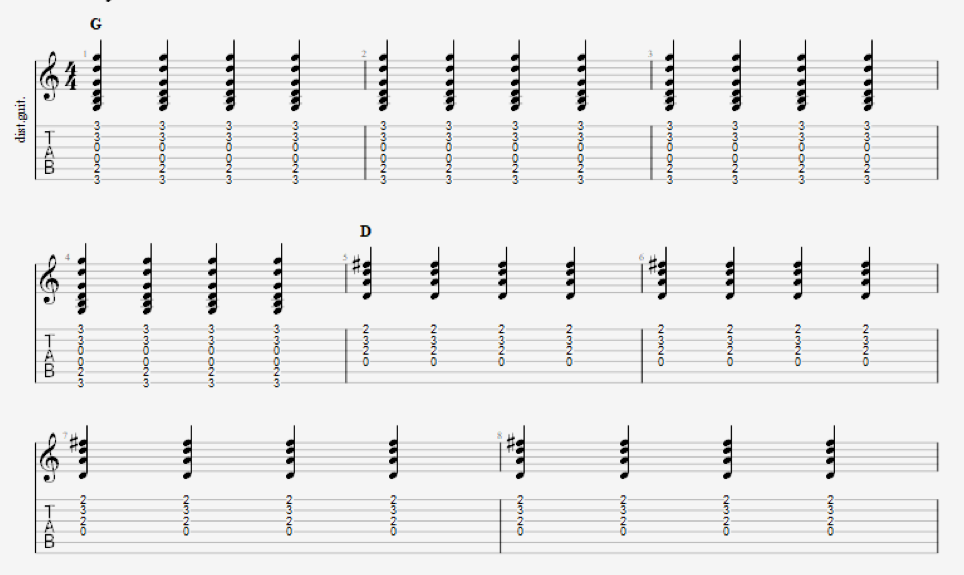In today’s article, we’re going to talk about how to start improvising, right now, here today.
Even if you are doing guitar lessons at the moment, this can still be a fun exercise.
The first two things I’m going to explain to you.
Consonance and Dissonance when it comes to improvisation on Guitar
The difference between consonance and dissonance pitches.
So let’s start by talking about consonance, what is a consonance?
Consonance is any of the three notes that make up a chord.
Let’s take G major for an example, the notes that make up that chord would be G, B and D.
Those notes would be the notes you would want to start and end your phrase.
Now let’s talk about dissonance.
There are two types of dissonance, there the notes that are in the key and then there are the notes that are completely out the key.
So now we’ve talked consonance and dissonance, let’s get started on the actual playing part!
Playing it Out
Let’s pick a key that we’re going to improvise in, let’s choose G major.
Next, let’s pick a scale to use over this key, let’s use the major scale, now we have our scale picked out let’s figure out what the chord progression is going to be.
Major Scale
The chords we’re going to improvise over going to be G major and D major next, let’s figure out which notes make these chords.
G major consists of G B and D and D major consist of D A and F#.
Now what I want you to do is write down these notes on a piece of paper so you have something to reference to. This will make the process of improvising allot easier, now let’s figure out how many times each chord is played.
We will just do 4/4, meaning each chord will be played 4 times for 4 measures, here is an example of this chord progression.
What I want you to do now is play this chord progression and record yourself either on a loop pedal or use your phone and let this progression be on a loop.
What is a loop?
A loop is basically something that keeps on repeating itself.
So now we have our scale ready, we know what chords we’re going to play over and we know the notes in those chords.
Now it’s time to find what notes we’re going to start our solo with and end with.
What this means your going to pick a note out of the G major chord to start the solo with once the loop begins. Then pick either the same note or a different note in that chord.
So after when D major is getting ready to change back to G major, you’ll know exactly which note you will need to land on, here are a couple more things you can do if you still find yourself stumbling.
One is let the track loop a couple of time so you can know where the changes are, so you know when you need to be back to one of the notes you picked out.
Also here is one other thing you could do is get a piece of fretboard paper and plot your start and ending notes.
Here is an example.
Notice how my first note is G and my last note is both of those notes are in the G major chord.
So this concludes this article, if you take the things we talk about today, I guarantee the process of improvisation will start will come a lot easier to you.
About the author, Zach Payton is a teacher out of Lewiston Idaho, that likes help his students reach their full potential as musicians.



